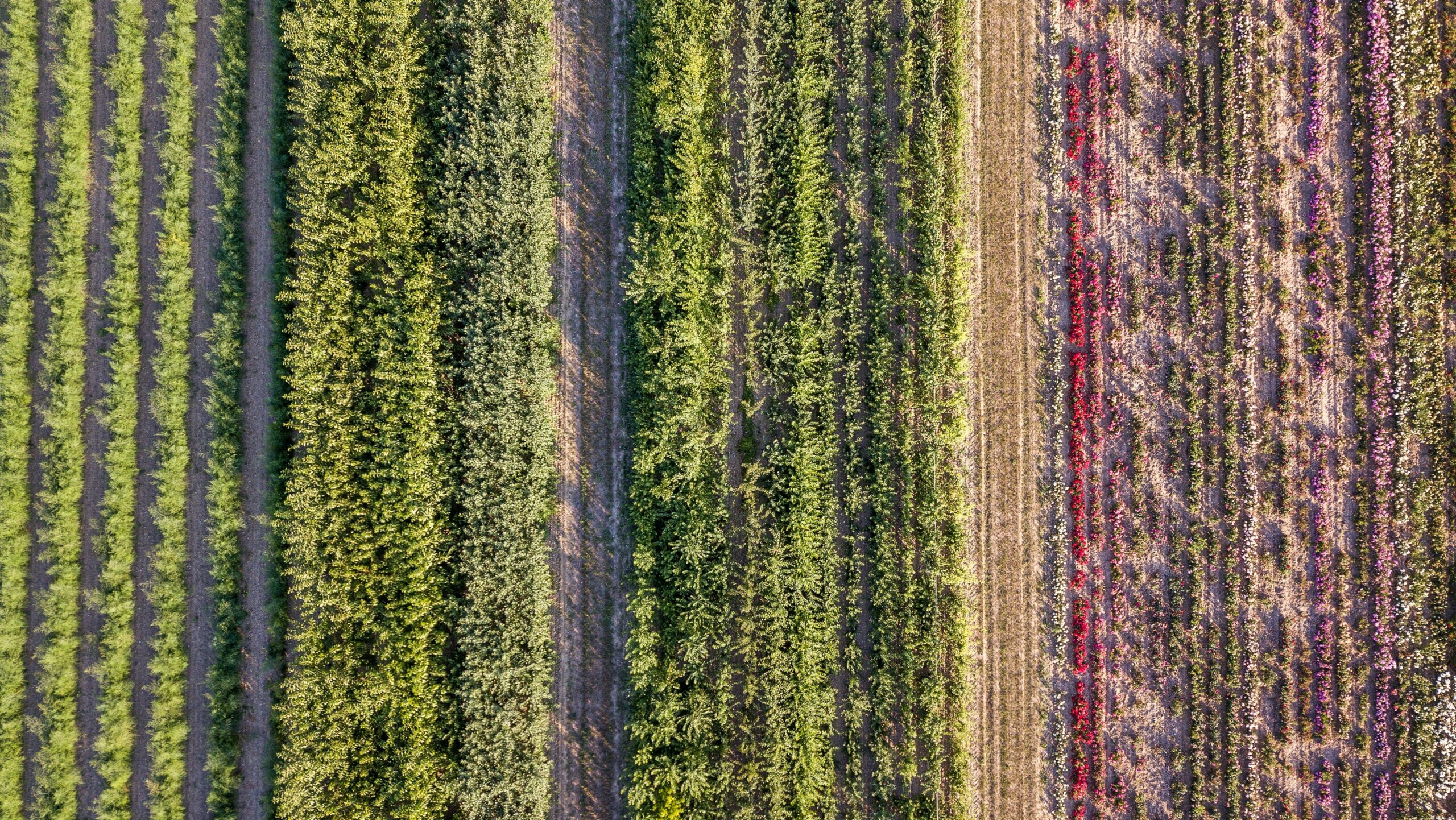
Every five years or so, Congress updates and passes a massive piece of legislation known as the Farm Bill. As Pasa’s policy strategist, I recently hosted a public listening session with Adrienne Nelson of National Young Farmers Coalition to share issues and opportunities, and to hear about farmers’ experiences and concerns with existing Farm Bill programs. (You can get the recording of this listening session here.)
We’ve hosted a number of listening sessions for the Pasa community on topics ranging from small meat processing and industrial hemp, to pesticide drift and agritainment law. However, the participation and tone of our recent Farm Bill listening session was different from many of our past listening sessions. The term “flog” immediately comes to mind—as in, flogging a dead horse. For many people, bringing up the topic of this giant piece of federal legislation is met with a sense that it’s an exercise in futility. So, why should you care?
“For many people, bringing up the topic of this giant piece of federal legislation is met with a sense that it’s an exercise in futility. So, why should you care?”
For starters, the Farm Bill is BIG. It directs federal spending on agriculture and nutrition-related programs to the tune of almost $100 billion per year. Even for the last two years, when pandemic-related spending has grown more abundant, that’s a lot of money. This is money that has the power to shape our landscapes, our farming practices, our energy investments, and our ability to help support others in need. In fact, 75% of the Farm Bill budget currently goes toward nutritional supplement payments to families, known more familiarly as SNAP payments.
Not to mention, this funding has the power to affect what we might consider the common good—promoting resilient ecosystems, sustainable farming operations, and to access new technologies (the federal Resource Enhancement and Protection (REAP) Grant Program in the Farm Bill’s Energy Title that supports solar energy on farms comes to mind). The growth of the Conservation Title—now at 7% of total spending and one of the four biggest titles in the Farm Bill—has supported many regenerative practices under programs like the Conservation Reserve (CRP) and Conservation Stewardship (CSP) programs that address soil erosion, protect stream water quality, and restore multiple natural resource benefits.
“This is money that has the power to shape our landscapes, our farming practices, our energy investments, and our ability to help support others in need.”
And yet, disinterest and skepticism among farmers and sustainable agriculture supporters abounds, and for good reason. Farm Bills through the years have skewed toward promoting greater agriculture-industry consolidation. They’ve emphasized economic efficiency over equity or environmental protection, and have generated pollution and animal misery through support of confinement operations. Farm Bill administrators have also systematically denied funding to farmers of color.
There are many groups—including Pasa and our community—working to reshape the Farm Bill into an engine for the kind of farming we want to see. This is not an easy battle. There are many interests and forces on the other side working just as hard to ensure that industrial farming remains in place and is subsidized by Farm Bill programs.
It’s also not clear that funding levels by themselves can make a substantial difference. Yes, we’d like to see more money for conservation generally. But we’d like to see that same funding get spread around more equitably. Many farmers can’t access the largess of the Farm Bill for many reasons: they lease instead of own land; they have no access to land; they don’t know how to apply for program funding; they don’t speak or read English well; or they fear deportation. There is so much more work to do than simply lobbying for additional funding.
“Yes, we’d like to see more money for conservation generally. But we’d like to see that same funding get spread around more equitably.”
Some groups want to dismantle the entire Farm Bill, particularly the programs that support commodity crops and insure against crop loss—an ever-escalating cost due to our changing climate and more frequent drought, flood, and hurricane-related damages. Others are content to tinker in the margins, hoping an increase of 5% in funding for conservation programs is achieved. We are realistic enough to know that the basic structure of the 2023 Farm Bill—including commodity and insurance supports—is not likely to change quickly. We’re optimistic enough, though, to know we have to start somewhere.
Here are a few ideas we hope will get you energized, and to get you to rethink why it’s important to engage in Farm Bill advocacy:
We have 12–18 months to get these and other ideas in front of policymakers—I hope you’ll continue to engage with Pasa and other farming organizations to support these efforts. You’re also welcome to contact me at sara@pasafarming.org to share your ideas about the 2023 Farm Bill, or improving agriculture conservation and food-system policies and programs generally.